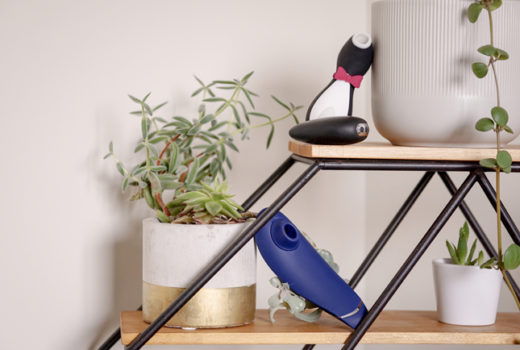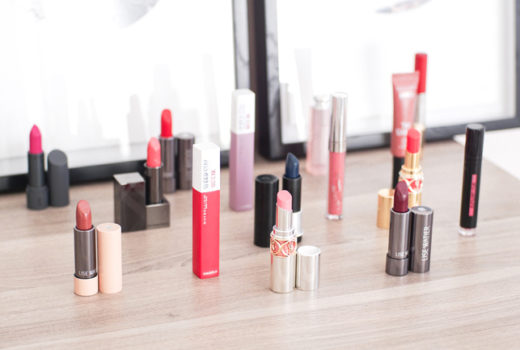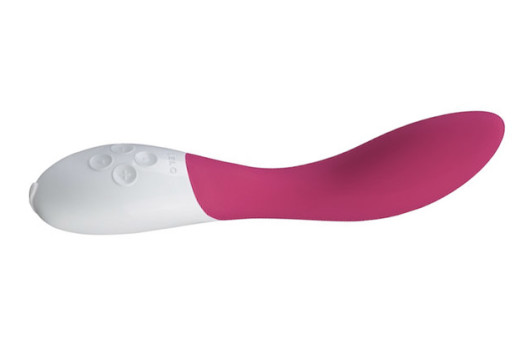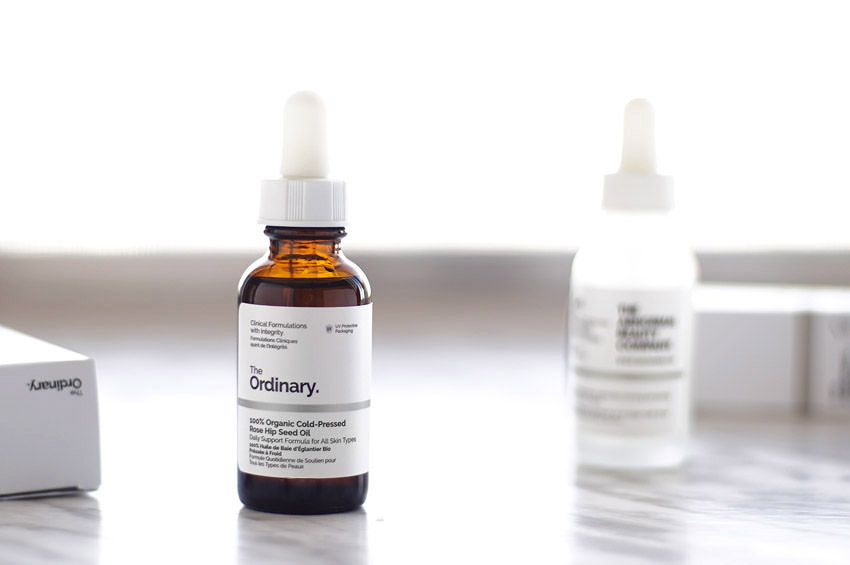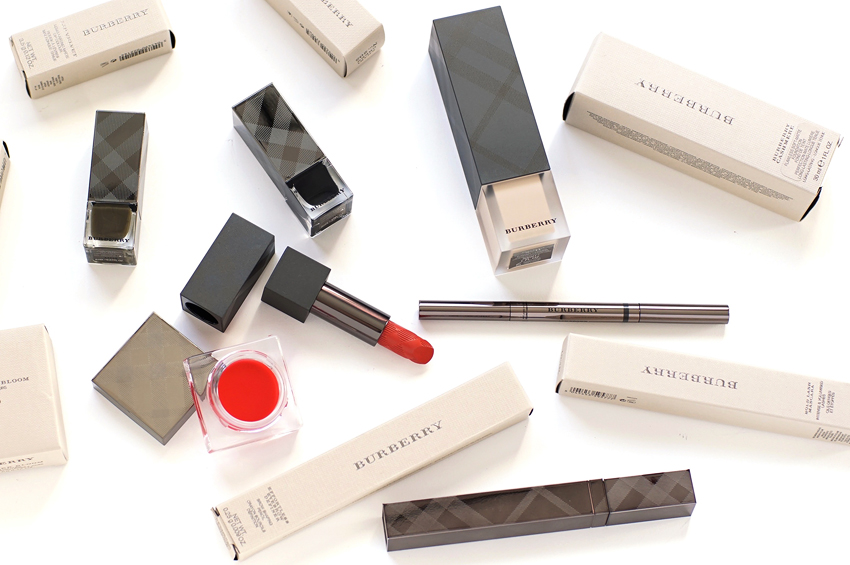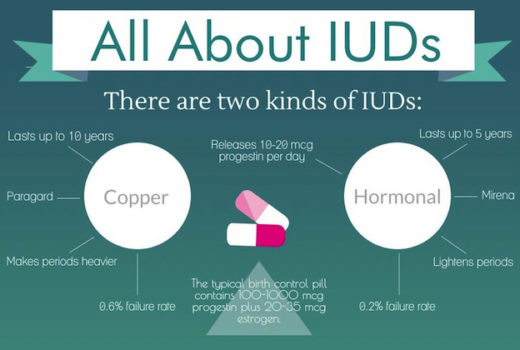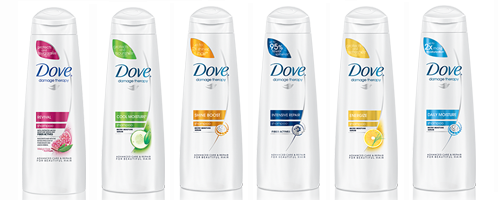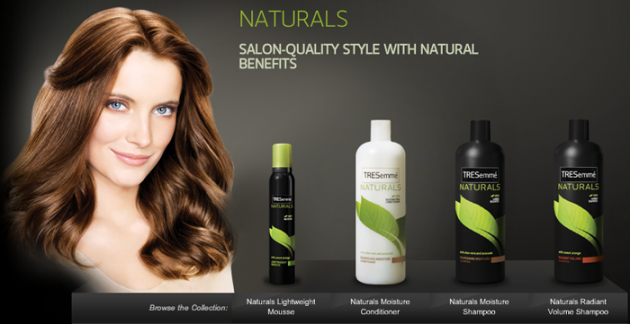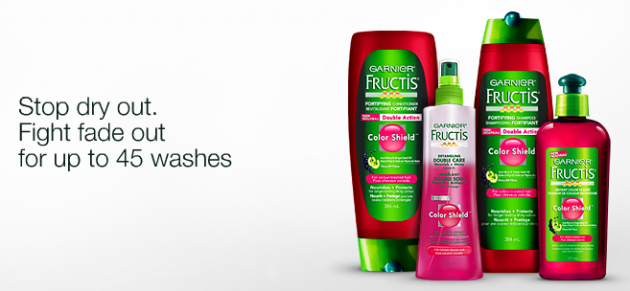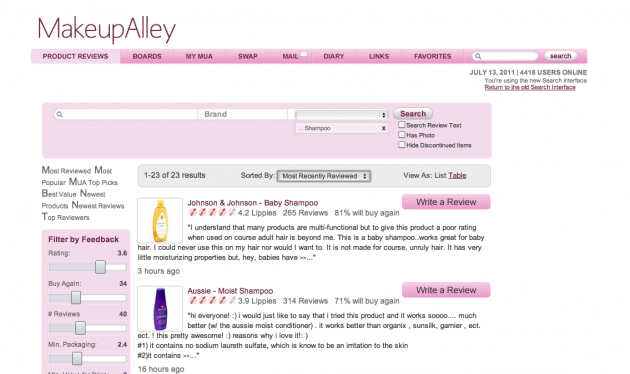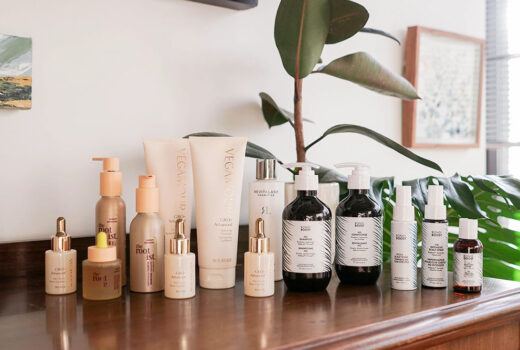As someone who makes choices very poorly (and I mean it when I say very poorly), the drugstore hair aisle is a pretty intimidating place for me. But, well, products have to be chosen no matter how daunting the task may seem! Here are my tips for figuring out the aisle of intimidation like a pro.
Keep one goal in mind
Let’s be honest: unless you’re on the cast of Gossip Girl, chances are, your hair’s fair from perfect. So, instead of going all crazy with the things you’re unhappy with, pick one thing that you want out of your shampoo/conditioner duo (or two, tops, if you really insist). It’ll be a lot easier to choose products if you’re just looking for one or two things, rather than five!
Some common concerns that might apply to you:
– Dry scalp. If you’re flaking, it might not actually be dandruff. Watch for small, dry flakes and a tight, uncomfortable scalp that’s soothed by moisturizers and oils.
– Lack of volume. Fine hair, straight hair, and product build up are all common culprits for this one, but the right styling products and tools are usually the way to go if you have major concerns about it.
– Oily scalp. Feel like you need to wash your hair again before the day’s even over? Make sure to keep conditioner only on your ends, and try not to fidget with your hair too much during the day.
– Coloured hair. Nowadays, most lines have products (if not entire ranges) made specifically for coloured hair. I say embrace them; the longer you can get your colour to last, the better!
Know the language
In the beauty world, nothing is as it seems – but most things can be decoded with a healthy dose of logic. Most marketing buzzwords follow a sort of “template,” if you will; here are a few that might come in handy.
If you have dry hair, look for words like hydrating, nourishing, and smoothing – they all indicate added conditioners that will help tame and protect your hair’s cuticle.
If you have an oily scalp, tend to have build-up or if you need more volume, look for words like clarifying, volumizing, and revitalizing, which hint at an emphasis on lightweight conditioners and heavy-hitting cleansers.
If you have sensitive skin, look for the “frees” – paraben-free, silicone-free, fragrance-free, SLS-free, etc. Be prepared to read the ingredient lists, though, because for sensitive skin doesn’t always equal a concise, simple ingredient list.
Read between the lines
One of the things ads are great at? Letting us fill in the blanks. Not that I blame them, really: I mean, if everyone else is letting the consumer assume the better of their product, you’re dead in the water if you try telling the whole truth (and nothing but the truth)!
Watch for claims of:
– UV protection. If there’s no SPF factor listed, chances are, the protection’s not enough to make a difference anyways
– “Repairing” and “restoration.” Heads up, your hair’s not exactly… alive. It’s important that the follicle (the root) gets enough nourishment from your body, but once your hair shaft is damaged, it can’t heal. However, things like silicones will help cushion against further damage and “smooth down” a ruffled follicle. (This is why you’ll see phrases like “helps reduce the appearance of” and “treat the signs of”!)
– Natural products. The FDA is starting to legislate these guidelines more and more, but just because a product’s advertised as being more natural doesn’t mean that it necessarily is. If they’re a concern for you, double-check the ingredients list for things like SLS, silicones, and parabens, and read up on the regulating symbols used in your country.
And of course, don’t forget to watch out for those pesky loopholes! Things like up to and leaves hair looking toe the line between suggestive truths and actual false advertising, and don’t even get me started on “as nature intended”!
Somehow, I thoroughly doubt that natural selection intended for humans to have glossy, bouncy hair.
Lastly: remember, the internet is your friend!
If possible, search for reviews online. The blogosphere is on your side on this one, honestly! Sites like Makeup Alley are great for reviews, but even better is finding a blogger with hair like yours and keeping up with what they’re loving. Someone always has to be the guinea pig when it comes to products, but it doesn’t have to be you ;)

